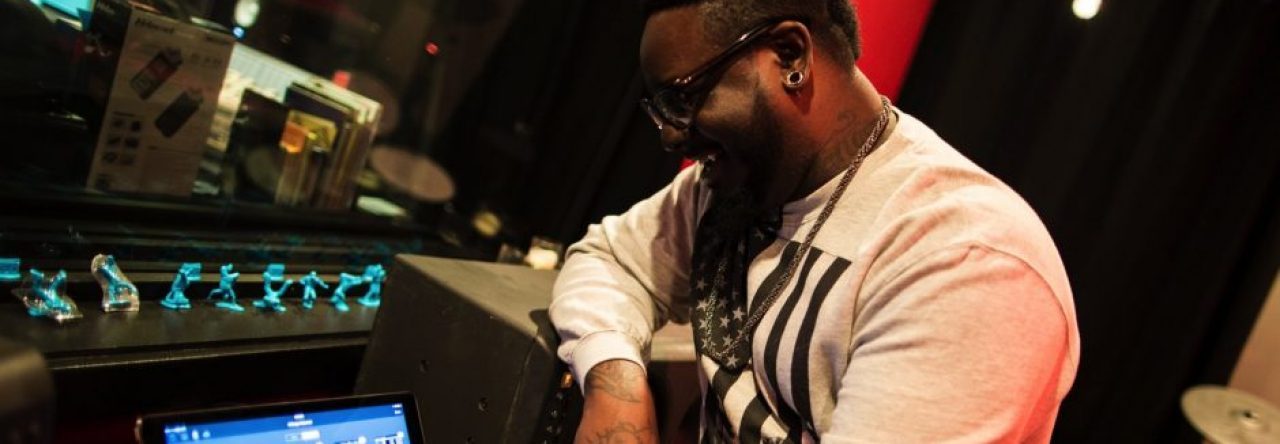Auto-tune was originally created in Germany in 1939 to disguise the voices of military transmissions, but was not used in music until 1998[1]. As years went on, a man named Dr. Andy Hildebrand who worked in the oil industry, has further changed this tool in which it had many purposes, another purpose being a way to find drill sites. He transformed this tool to be used in a different direction, a way to correct the pitch of music. Therefore it was invented to disguise off-pitch notes so that artists tracks could be perfectly in tune. It is a tool that automatically corrects and tunes the singers voice when they begin to fall too far out of tune. It is possible, however, for singers to tweak this tool and alter when they want the pitch to be corrected. With this specific tool, it helped averagely talented and non-famous singers sound more skilled than highly accomplished singers such as, artists like Mariah Carey and Whitney Houston. Auto-tune was first publicly used in 1998 with Cher when she released her hit song “Believe” which then motivated artist T-Pain to incorporate it into his music[2]. T-Pain was able to transform music and alter it to fit with his personal style by using autotune. With auto-tune becoming rapidly more popular every year, some artists and fans are not enthusiastic about the direction this new music has taken. Others can’t be troubled to clean their singing quality any longer. It is nothing unexpected that a few artists opened up to the world to demonstrate their dissatisfaction with this new movement. Over time, people began to realize that auto-tune was not a negative use of technology in music. This was because there were famous talented artists, with a large audience, that began to use auto-tune. Within the music making industry, auto-tune has turned into a progressively growing and accepted device.
[1] Kay Dickinson, “‘Believe’? Vocoders, Digitalised Female Identity and Camp,” Popular Music 20, no. 3 (2001): 333-47, http://www.jstor.org/stable/853625.
[2] Jill Noble, “The Auto-Tune Epidemic,” The Socionomist, November 2011.
